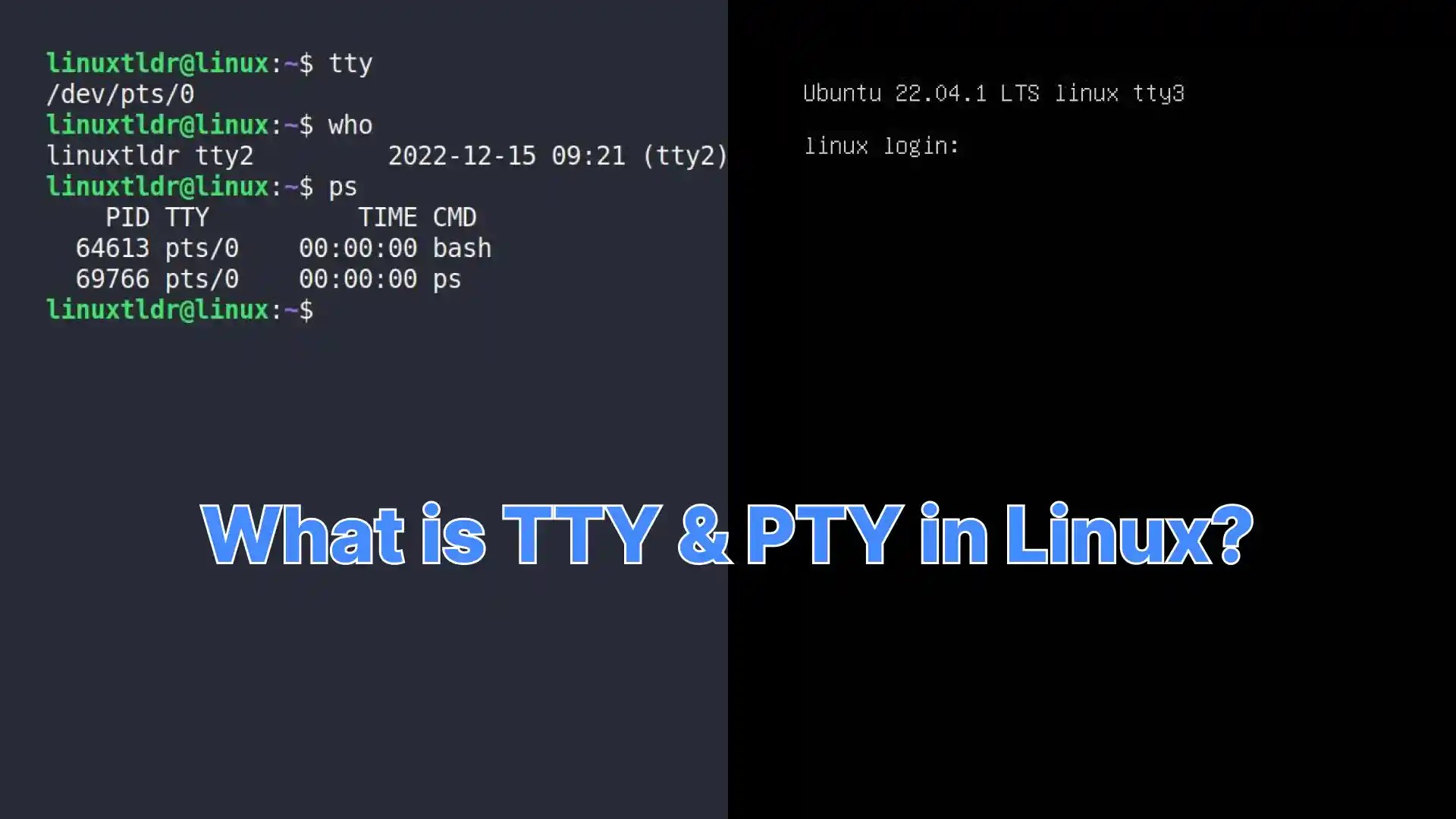In today's fast-paced digital world, communication has evolved tremendously, and one of the key players in this evolution is TTY (Teletypewriter). This technology has enabled individuals, especially those with hearing and speech impairments, to communicate effectively over telephone lines. As we delve into the world of TTY, we will explore its history, functionality, and the profound impact it has on inclusivity in communication.
TTY has become synonymous with accessibility, bridging the gap between individuals with disabilities and the broader society. With its inception in the mid-20th century, TTY has played a pivotal role in ensuring that everyone has the opportunity to connect, share, and communicate. Today, we will uncover the different facets of TTY, its practical applications, and how it continues to shape the landscape of communication technology.
As we navigate through this article, we aim to provide insights into the workings of TTY, its relevance in modern society, and answer some common questions surrounding this essential communication tool. Whether you are familiar with TTY or just starting to learn about it, this exploration will offer a comprehensive understanding of its significance.
What is TTY?
TTY, or Teletypewriter, is a device that enables text communication over telephone lines. It allows individuals to send and receive typed messages in real-time, making it an invaluable tool for those with hearing or speech impairments. TTY devices typically consist of a keyboard for typing messages and a display screen for reading incoming text. The communication is facilitated by connecting the TTY device to a standard telephone line.
How Does TTY Work?
The functionality of TTY is relatively straightforward. When a user types a message on their TTY, the device converts the text into electrical signals that are transmitted over the phone line. The recipient's TTY receives these signals and converts them back into text, allowing for seamless communication. TTY devices can also connect to relay services, where a trained operator helps facilitate conversations between TTY users and standard phone users.
What are the Key Features of TTY?
- Text Display: TTY devices come equipped with screens to display incoming text messages clearly.
- Keyboard Input: Users can easily type messages using a standard keyboard layout.
- Relay Services: TTY can connect to operators who assist in communicating with non-TTY users.
- Compatibility: TTY devices can work with standard telephone lines, making them widely accessible.
Who Can Benefit from TTY?
TTY technology is primarily designed for individuals with hearing and speech disabilities, but its benefits extend beyond this demographic. Here are some groups that can significantly benefit from TTY:
- Individuals who are deaf or hard of hearing
- People with speech impairments
- Emergency services and support personnel
- Healthcare providers communicating with patients
What is the History of TTY?
The TTY technology has a rich history dating back to the 1920s when it was first introduced as a method for journalists to transmit news articles. However, it wasn't until the 1960s that TTY began to be adapted for use by individuals with disabilities. The introduction of the TTY specifically designed for deaf users marked a significant milestone in accessibility, allowing for independent communication.
Is TTY Still Relevant Today?
Despite the rise of modern communication tools such as instant messaging and video calls, TTY remains relevant today. Many organizations and institutions continue to provide TTY services to ensure that all individuals, regardless of their communication abilities, can access vital information and services. TTY is also recognized as a reliable method for emergency communication, underscoring its ongoing importance.
What are the Alternatives to TTY?
While TTY is a valuable tool, several alternatives have emerged in recent years, including:
- Video Relay Services (VRS): Using video technology, users can communicate in sign language with interpreters facilitating conversations.
- Text Messaging: SMS and messaging apps allow users to communicate via text without the need for specialized devices.
- Real-Time Text (RTT): A technology that allows text to be transmitted instantly as it is typed, enabling real-time communication.
What Should You Know About Using TTY?
For those new to TTY, here are some essential tips to facilitate effective communication:
- Always identify yourself at the beginning of the conversation.
- Use clear and concise language to convey your message.
- Be patient, as typing can take longer than speaking.
- Practice good etiquette by allowing the other party to finish before responding.
Conclusion: The Lasting Impact of TTY
In conclusion, TTY has played a crucial role in enhancing communication for individuals with disabilities. Its history, functionality, and continued relevance highlight the importance of accessibility in our society. As we move forward, embracing new technologies, it is vital to remember the foundational role TTY has played in fostering inclusivity and ensuring that everyone has a voice.
Whether you are a TTY user, a caregiver, or simply an advocate for accessibility, understanding TTY's significance can help promote a more inclusive world for all. As we continue to innovate in communication technology, let us not forget the importance of tools like TTY that have paved the way for greater understanding and connection.




